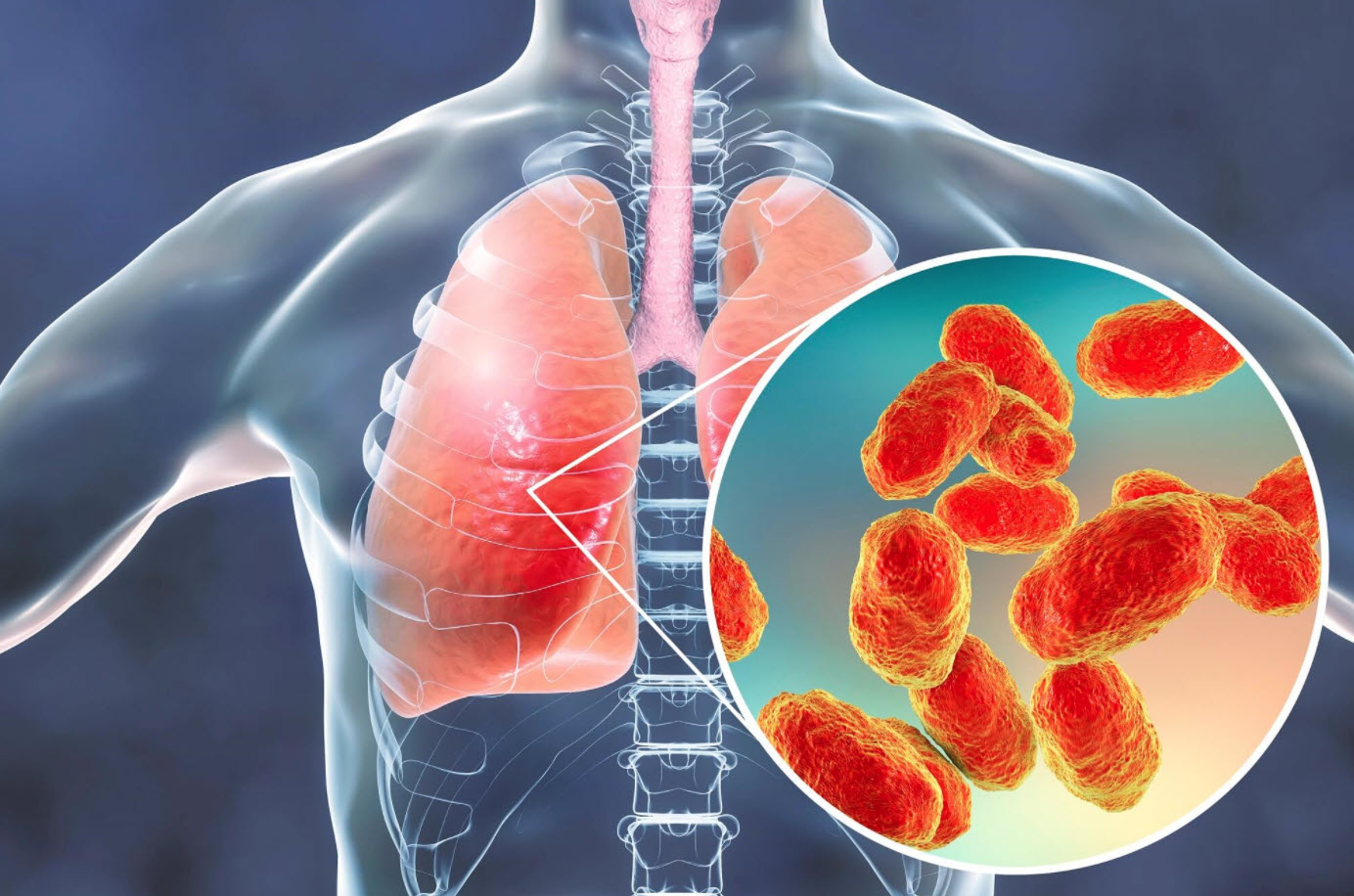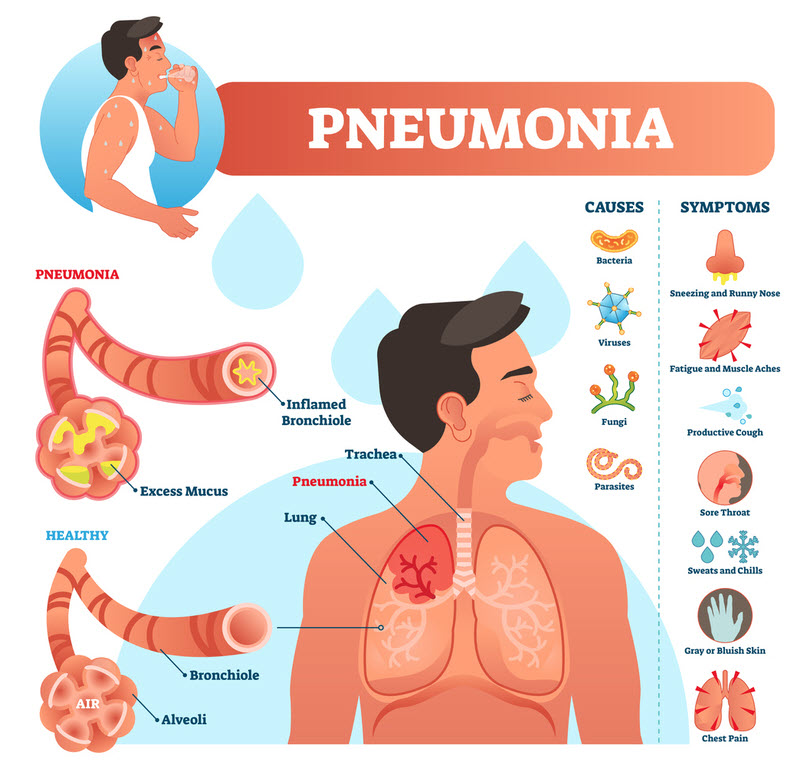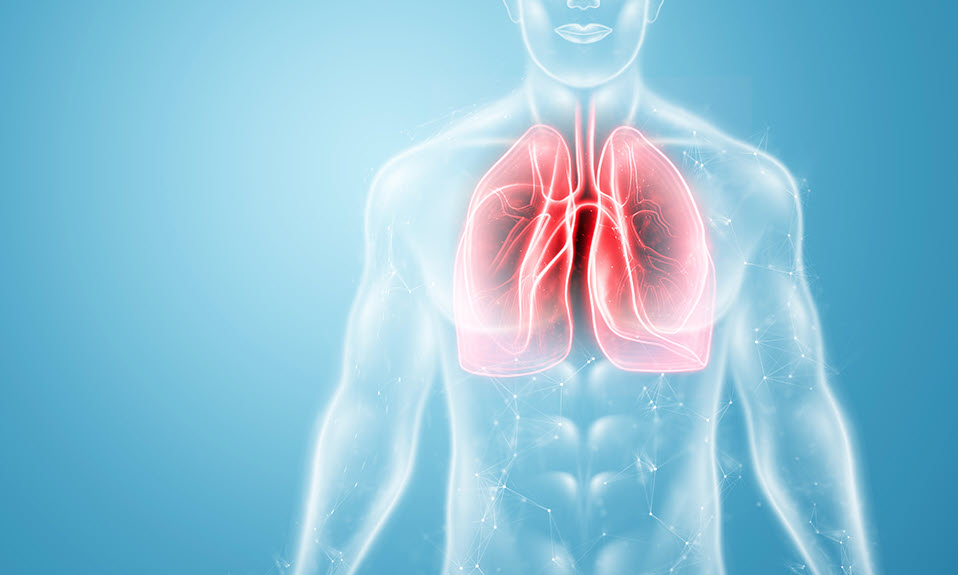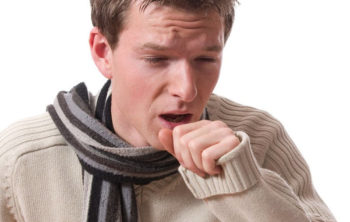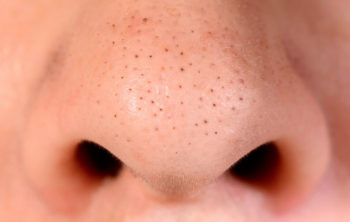Contents
Pneumonia: Types, Causes, Symptoms, Diagnosis and Treatment
Pneumonia is an infection of lung. Person from any age group can be affected by it but condition may be fatal for infant, senior adults and person with low immunity or ill conditions due to other health disease.
Pneumonia is a serious lung infection that can be deadly. It can affect people of all ages, but is most common in young children and the elderly. There are several different types of pneumonia, each with its own causes and symptoms. The diagnosis and treatment of pneumonia can vary depending on the type involved. With early recognition and proper treatment, most cases of pneumonia can be cured. However, it is important to seek medical attention if you experience any of the symptoms associated with this infection.
What is pneumonia?
Pneumonia is medical condition of lungs where air space of lungs is replaced by pus, blood cell and mucous which causes difficulty in breathing. It is an infection of lung or a part of lung. It can affect one lung or both or only one lobe.
Symptoms are cough, sputum production, fever, chills, chest pain while coughing and wheezing during pneumonia attack due to airflow obstruction by thickened secretions and inflammation and fluid accumulation in the alveoli (air sacs) also known as consolidation. Pneumonia may be caused by virus called influenza viruses, bacteria such as Mycoplasma pneumoniae, Chlamydia pneumoniae, Streptococcus pneumoniae, Staphylococcus pneumoniae, Klebsiella pneumoniae, Pseudomonas pneumoniae or Haemophilus influenzae.
It seriously affects older adults, children and people with other existing medical conditions such as diabetes, respiratory problems and heart disease. People who smoke also have high risk of pneumonia attack than non-smokers and smokers can develop pneumonia in particular areas like in the mouth and it is called aspiration pneumonia which causes pneumonia in infants.
Symptoms of pneumonia:
Initial symptoms of the disease always resemble with common cold or flu. As the infection progress to deeper tissues of lung, pneumonia symptoms become very specific like:
- Cough: Pneumonia cough is green white blood mix sputum (phlegm).
- Fever: Pneumonia fever fluctuates from high to moderate but it never goes below from 101F. As the condition worsens, fever can be high as 104F with chills and rigors.
- Difficulty in breathing: Fast breathing or difficulty in breathing is always present in this disease. Whistling sound in breath is classical symptoms of chest congestion. It is caused by resonance from air due to less space in lungs.
- Chest pain: Chest pain is always there in this condition. Pain would be worse with deep inhalation. This is known as pleuritic pain.
- Dusky or purple or blue discoloration: Blue discoloration of lips, hands and legs are important sign in children and infant. Discoloration is generally not found in adult and if found it indicates very serious condition of patient.
- Nausea and vomiting
- Headache
- Diarrhoea
- Muscle pain
- Joint pain
- Confusion
What cause pneumonia:
It can be caused by various factors, like bacteria, virus, fungus, parasites, and others. Most of the time infection is usually viral or bacterial. It usually starts with the infection of throat and nose. From there, pathogen goes down to lower respiratory tract. As the infection progress down to alveoli of lung, pathogens start multiplication and proliferation. In response to infection, body’s immune system increases blood flow towards the infection suite. This causes the lung to fill up with mucous, white blood cells and fluid. Congestion in lungs interferes with normal air space which causes difficulty in breathing.
Types of Pneumonia:
Pneumonia is a very common infection that can affect anyone, but it’s important to know the type of pneumonia you have in order for your doctor give accurate care.
“There are many types of pneumonia, and they can require very different treatments,” says Thomas Monaco. “One group might not respond better than another because it’s caused by a bacteria while others need antibiotics.”
“For us, it’s really helpful to know the type because that influences our therapies for that specific patient,” says Dr. Shweta Sood at Penn Medicine and Health agreed- once your doctor can figure out what kind of pneumonia you have they will be able get right treatment which helps make people feel like themselves again sooner.
The Centers for Disease Control and Prevention (CDC) say that pneumonia is an infection of the tiny air sacs in your lungs, called alveoli. It can cause mild to severe illness among people regardless if they’re children or adults.
There are many different types of pneumonia, and each form has its own unique cause. Here is a breakdown on the most common ones:
1. Bacterial pneumonia:
There are two types of pneumonia, bacterial and viral. Bacterial pnemonia can be caused by bacteria such as Streptococcus palniae which normally live in your upper respiratory tract but may make their way down into the lungs to cause infection there . This form has an estimated 908 thousand cases per year across America with about half being severe enough for hospitalization according The American Lung Association (ALA). You can develop this form of pneumonia on its own or after you’ve had a virus, like the cold and flu.
Not only does Streptococcus pneumoniae cause bacterial pneumonia, but there are other types of bacteria that may lead to this condition as well. Dr. Casciari lists off Mycoplasma pneumoniae, Chlamydophila pneumoniae và Legionella pneumophila as other possible causes.
In this type, all 5 lobes of lungs are inflamed due to bacterial or viral infection.
It is the infection of lungs due to bacteria. Usually all healthy persons have some or other types of bacteria in nose and throat. Due to strong immunity they remain there silently and do not produce any kind of symptoms.
As the immunity goes down these bacteria can enter in lower respiratory tract and cause inflammatory reactions, which lead to production of pathogen mix mucus. Thus, it reduces air space.
There are lots of bacteria which can cause bacterial pneumonia, but most common is Streptococcus. Symptoms of this type are little but serious compared to viral pneumonia and usually there is sudden onset of symptoms with high grade fever, severe cough and chest congestions.
2. Viral pneumonia:
It is more common and less severe condition of this disease. Symptoms of this gradually start with mild fever and running nose. It worsens as days pass. Symptoms of this type can be similar to common cold and flu, or it can be said common cold or flu can turn into viral pneumonia in person with weak immunity. This type is the most common in child from age 1 to 5 year.
There are many different types of pneumonia that can make you sick, including viral ones. Some examples include:
- Respiratory syncytial virus (RSV).
- Influenza virus.
- Parainfluenza virus.
- Adenovirus.
- Measles virus.
- Coronaviruses, including SARS-CoV-2, the virus that causes COVID-19.
Unfortunately, antibiotics don’t treat viral pneumonia. However there are some medications that may help if the infection is caught early including antiviral drugs and corticosteroids to try reduce inflammation – though in more severe cases you may need supplemental oxygen as a treatment option for your doctor recommendation on how best handle it at home with rest or fluids depending upon their severity.
Luckily, there are vaccines for the flu and COVID-19 available to protect against severe illness.
3. Chemical pneumonia
There are many causes of chemical pneumonia, but it’s most commonly caused by an inhalation toxin. “Classic cases were seen during World War I when chlorine gas was used as a weapon,” says Dr Panettieri- director at the Institute for Translational Medicine & Science at Rutgers Robert Wood Johnson Medical School.”
However there may also be instances where people get this condition from things such cleaners or even air fresheners if they’re sprayed directly into your throat. You may think that chemical pneumonia is only a threat to those in health, but it’s also possible if you breathe in large amounts of fumes from cleaning supplies or pool equipment. This type can cause physical irritation which leads to inflammation – resultinginubaDoctor Casciari says “these things will irritate your lungs.”
To get better, you’ll need to leave the source of your injury behind and seek out professional medical attention. “If there’s smoke in my lungs or burning sensation when I breathe,” says Dr., Casciari this could mean that they’re injured too–and until then just give yourself some relief with supportive care like supplemental oxygen (or even mechanical ventilation).
4. Aspiration pneumonia
Aspiration pneumonia is a serious infection that can happen when you accidentally inhale substances into your lungs, like food or stomach acid. The inflammation causes damage to lung tissue and sometimes leads to bacterial complications.”
Without proper care, pneumonia can be fatal. It’s more likely in people who have a brain injury or neurological disorder because of their difficulty with swallowing or have used drugs or alcohol; if you’re struggling from this condition try Dr Casciari’s advice about how to keep yourself safe.
5. Fungal pneumonia:
Fungal pneumonia is not common in most parts of the US, and people usually get infected when they breathe out fungal spores. However there’s a condition called valley fever which can cause this type from fungus called Cocciidoides – it lives southwest U S soils (In Arizona specifically).
Fungal pneumonia is a serious lung infection that can occur to people with weakened immune systems, such as those who have diabetes or cancer.
6. Walking pneumonia:
Walking pneumonia is not a true medical diagnosis but it’s often what people mean when they say “walking sick.” Doctors will tell you that whatever the cause of your illness, there are some activities which allow them to stay active despite feeling too weak to do much else.
Walking pneumonia is most commonly caused by an infection with the Mycoplasma pneumoniae bacteria, which produces milder symptoms in your respiratory system. The CDC says this type of infection can come from any one (or all) main causes—bacterial; viral or fungal -and that it’s also likely there are other pathogens waiting to be discovered.
How do you get pneumonia?
Pneumonia is a contagious disease. It spreads through touch or indirect contact like using same towel or sitting near to infected person. Nose discharge or sputum of person has thousands of spores of bacteria, fungus, and virus. These pathogens spread through sneeze.
How to diagnose pneumonia?
- First diagnosis of pneumonia is done through clinical examination. Your physician would do auscultation through stethoscope. Whistling sound during every breath is suggestive for lung congestion.
- Blood examination: There would be an increase in white blood cells and E.S.R level.
- Sputum examination.
- Chest X Ray.
How to treat pneumonia?
Treatment for pneumonia in adult and children is very different as this condition is not very serious for adults, but can be fatal to a child. The treatment depends upon severity of symptoms. General symptoms with good immune person can be treated at home only; where as severe pneumonia with weak child requires hospitalization.
1. Antibiotics: All cases of pneumonia need a complete course of antibiotics. Your physician may advise for sputum examination for diagnose of causative factor for the disease. Symptoms usually subside with two doses of antibiotics but it is always advisable to complete the course of antibiotic.
2. Anti-inflammatory and Antipyretic: Paracetamol or ibuprofen is the drug of choice for patient suffering from this. Syrup drops and tablets all form is available for these drugs. Doses of these drugs depend upon weight of patient so please consult the doctor before taking any medication.
3. Supportive care:
- Hydrate yourself with sufficient water.
- Take nasal decongestant.
- Inhale hot vapour.
- Take good nutritious diet.
All these play important role in treatment of pneumonia. Severe case may need hospitalization. Patient with severe nausea and vomiting cannot take oral medicine and children with severe chest congestion and blue discoloration need urgent medical care with I.V fluids and oxygen supply.
Conclusion:
Although pneumonia can be a life-threatening illness, it is also highly treatable. With early diagnosis and proper treatment, most people make a full recovery. If you or someone you know displays any of the symptoms of pneumonia, please seek medical attention right away. With prompt diagnosis and treatment, most people with pneumonia make a full recovery. Thanks for reading!
Read more: Blackheads: 5 Best Home Remedies to Remove Blackheads
Disclaimer:
Above article is only for knowledge purpose. Please contact your healthcare provider before using any of above medicine or method. For any query or personal consultation according to your health condition please contact your doctor.

